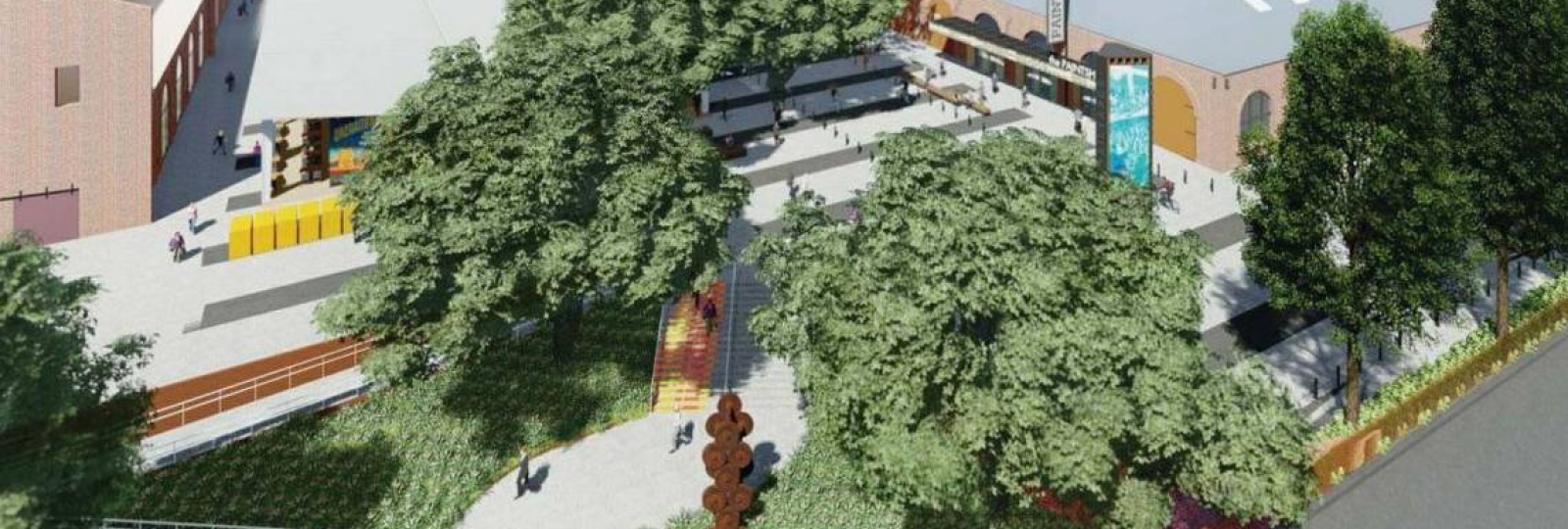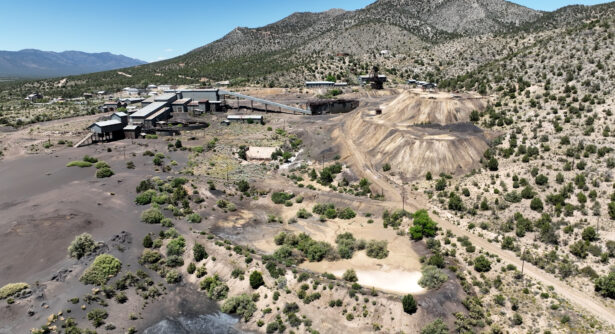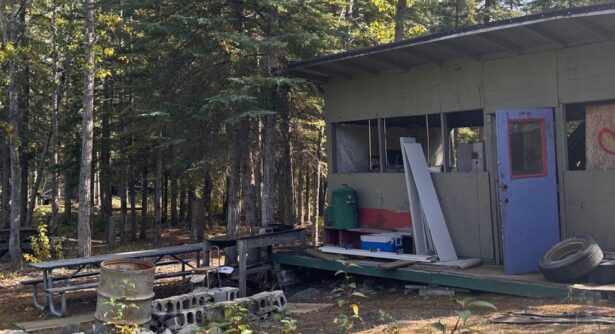
MicroPADs and Microliving: The Big Impact of Living Small
In CCLR’s 20 years of working in brownfield redevelopment, we’ve found that land recycling means more than remediation or urban green space creation. Land is a finite resource, and the fight to make space for urban housing is a continuous battle. As job and population growth continue to outpace housing production in many US cities, displacement and rising rates of homelessness have caused a public health crisis. In the Bay Area and New York, we examine some companies who are finding ways to mitigate the need for housing.
Located in downtown San Francisco, real estate developer Panoramic Interests has spent the last nine years developing efficient urban housing called CITYSPACES®. The newest unit to the CITYSPACES® project is a unit developed to help create housing for the homeless. The MicroPAD®, (Prefab Affordable Dwelling) is a 160 square foot seismically sound, non-combustible steel unit which includes a bathroom, sink, shower, living area, kitchen area, and plenty of windows. The steel bed frame prevents damage from bed bugs, while providing a safe and sanitary place to sleep for those in need. Looking forward, Panoramic hopes the MicroPAD will become a six-story building comprised of units stacked on top of one another for flexible living spaces that support homeless populations.
Albeit different from the MicroPAD, a similar phenomena with regards to space saving dwellings has arrived in Kips Bay, Manhattan, where a modular residential tower designed by nArchitects is helping solve the affordable housing crisis in New York City. The building, called Carmel Place, is a 35,000 square foot project born out of a competition commissioned by former New York Mayor Michael Bloomberg and the Department of Housing Preservation and Development that asked designers to propose affordable micro-dwellings for one or two people. Nine stories high, Carmel Place contains 55 housing units ranging from 250 to 370 square feet, stacked on top of one another. Each unit has 10 foot ceilings, a juliet balcony, compact kitchens, a combined living and sleeping area, a closet, a bathroom, and overhead storage space. Shared amenities include a gym, lounge, community room, and roof terrace. Intended for low- and middle-income residents, the units start at $950. It is the first micro-unit apartment building in New York and one of the first multi-unit Manhattan buildings featuring modular construction. This building is turning stereotypes about affordable housing on its head, and nArchitects show that luxury and affordability can go hand in hand.
MicroPADs and shipping container homes will play a big role in the future of land recycling for a number of reasons: They can be stacked anywhere, and while building up instead of out minimizes land cover and prevents sprawl, the units can be situated close to social service providers and public transportation. With these elements, residents will be a part of a walkable community, eliminating the need for automobiles. While the benefits are many, these types of developments accomplish the idea of land recycling: sustainable, meaningful, and creative repurposing of otherwise unused land (or containers, in this case) for the betterment of the community and those who need help most. As famous industrial designer Dieter Rams once said, “indifference towards people and the reality in which they live is actually the one and only cardinal sin in design.”




